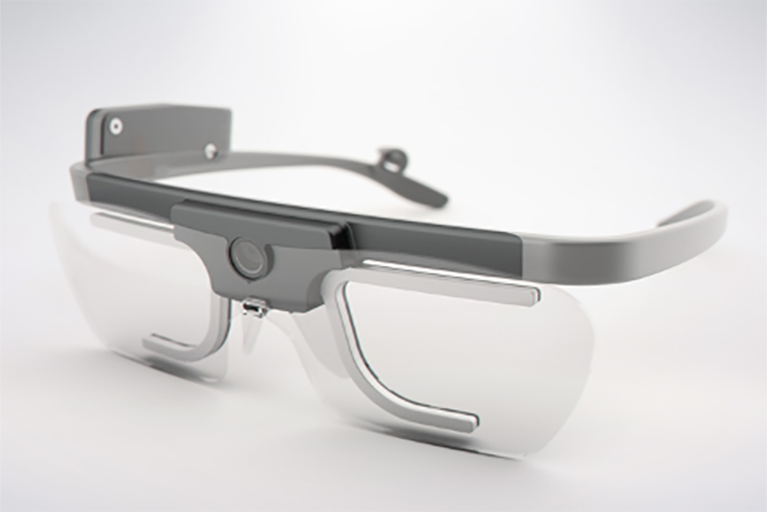Buying is in the eye of the beholder.
An interdisciplinary team co-led by MSU Professor Patricia Huddleston of the Department of Advertising and Public Relations and Professor Bridget Behe of the Department of Horticulture is the first to examine how a consumer’s sequence of gazes predicts purchasing behavior. The findings of “Seeing through the forest: The gaze path to purchase,” was recently accepted for publication in PLOS—a nonprofit, open access publisher focused on advancing research communication in science and medicine.
“Consumers are bombarded with information when they shop, and we were interested in what helps them ‘see through the forest of information’ to make a selection,” said Huddleston. “We investigated a variety of cues to see if the sequence—or order—in which a consumer looked at a display can predict their purchase intention.”
Huddleston and Behe began their study in 2017 after deciding on the location, participants, and eye-tracking technology. Participants were fitted with Tobii eye-tracking glasses to record their eye movements and length of gaze. They were then asked to look at 12 plant displays of 6, 12 or 24 common flowering plants, each of which were separated by a black cloth partition in a lab setting.
Huddleston said researchers configured displays in different ways—such as flat or tiered—and created signs with varying levels of information cues such as product information and pricing. Participants were asked to point to which plant they would buy from each display, or to indicate if they would not buy a plant at all. After viewing the displays, the 92 participants completed an online survey that provided demographic data, self-reported and actual product knowledge, and past purchase information.
“Previous research by other teams showed that if you look more at a product, you’d be more likely to buy it,” said Huddleston. “We showed that it isn’t just looking longer, but a sequence of gazes that helps us predict what a consumer will buy.”
Studies like these, Huddleston said, can provide guidance to retailers on how to set up and organize merchandise displays, and offer insights on consumer characteristics that predict choice. She said that while it’s not surprising that prediction accuracy was higher for simpler displays, the findings suggest that offering few options makes it easier for consumers to decide on a product.
“Simplifying makes decision-making easier,” she said.
Plans for follow-up studies and research have been temporarily put on hold because of the pandemic. Like the current study, support for follow-up research will come from the USDA-Federal State Marketing Improvement Program, Horticultural Research Institute and MSU’s Project GREEEN.
Huddleston said the “seeing through the forest” study is representative of the value and extent of interdisciplinary research at the university. Behe emphasized that the study needed retail experts, horticultural experts as well as statistical experts—all available various departments at MSU.
“Our publishing in PLOS One shows other researchers and future graduate students the truly diverse teams that can be assembled at MSU,” Huddleston said. “It makes us standout even more as a cutting-edge research institution.”
By Ann Kammerer
